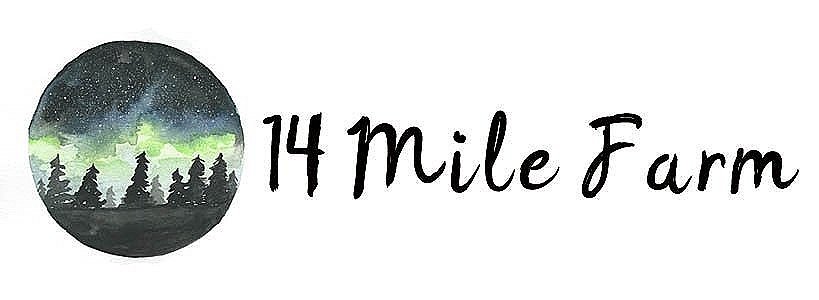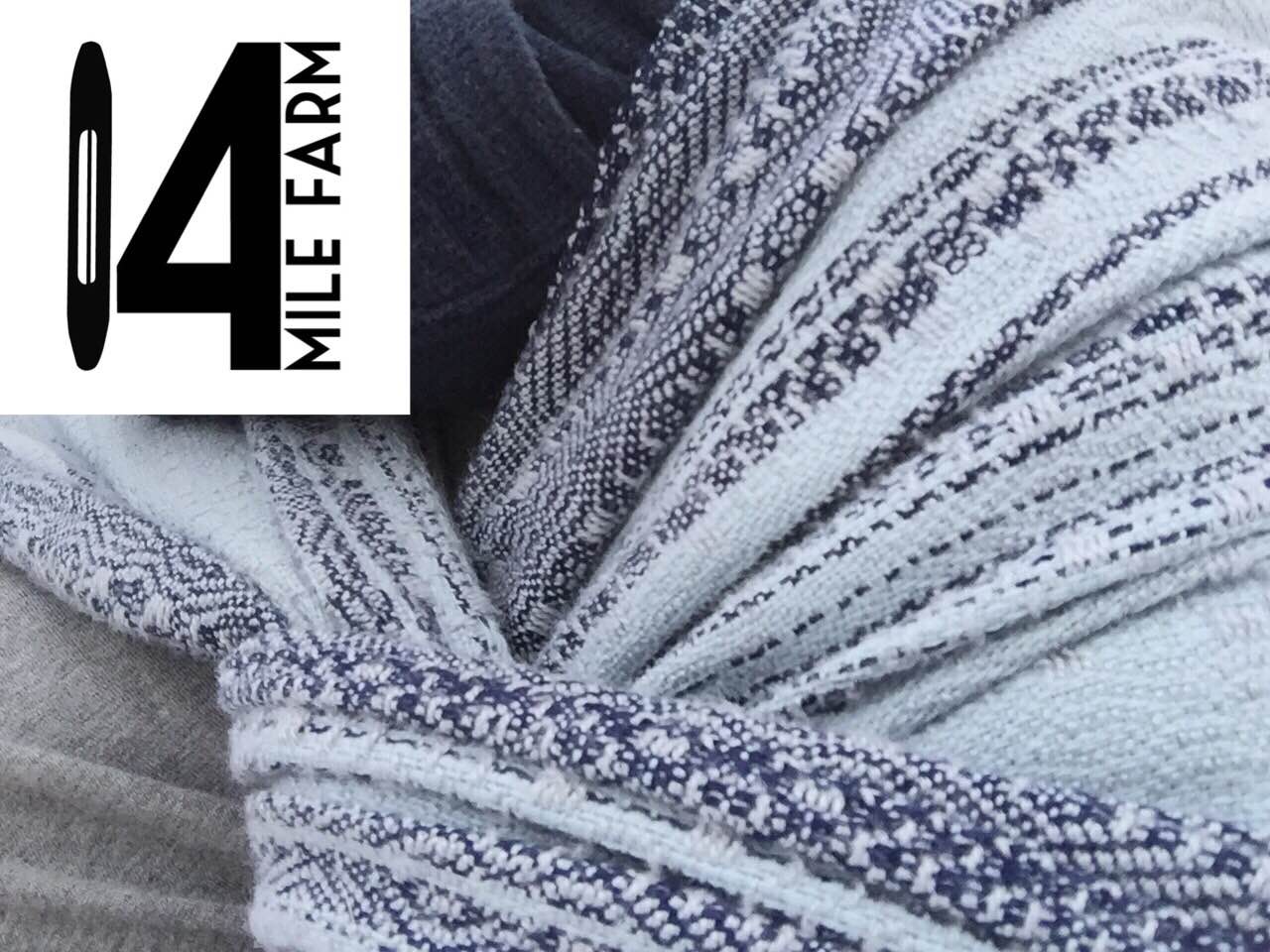Spark
In my head, Spark is one classy lady. She shines in pearls and high heels, elegant and poised. She loves a classic ensemble of blue jeans, a white t-shirt, sunglasses, and flats. She’s the kind of woman you admire from afar, wondering how on earth she manages to be all that she is and when you get to know her you are blown away by her kindness, her caring, and her warm hugs.
The Spring 2016 Great Competition of Weavers theme was “Under the Microscope.” This competition was only open to OOAK (one of a kind) wraps, so this is the only piece of Spark there ever was or ever will be. Spark is inspired by the process of mitosis.
As the daughter of a biologist, I have many fond memories of peering into the magical microscopic world contained in a drop of pond water. I was fascinated by “zoomers,” my childhood name for microbes that shot across the slide propelled by cilia or flagella or amoeboid movement. Yeast was particularly cool to watch, because of how FAST they multiplied! Dad was a PhD student in the early ‘90s and did much of his dissertation work on an electron microscope. It lived in its own room down the yellow linoleum hallway and I remember being SO impressed by it and by what could be seen through it. I was 5 years old. I remember the sheer magic of catching a “zoomer” when it was splitting in two, and it was this memory that I hoped to capture with “Spark.”
I considered a black/white/grey grad in homage to the images that we see through electron microscopes, but at least in my memory, the early behemoth of a microscope I stood on a stool to peer into gave a blue cast to its images, and I chose to show this in “Spark.”
Spark is woven in an overshot variation where the warp intersects with the tabby weft to make a ground of plainweave. In this particular variation there are actually a few picks of basketweave (basically a doubled thread plainweave) in this ground cloth. The pattern weft then floats over this ground to create the pattern. The ground of plainweave means that this is a very strong cloth even though the pattern weft has floats that are longer than would otherwise be optimal for the purposes of a baby wrap.
Funny story: when I first went to look at Maggie (my loom), her former owner – a weaver in her 80’s who had to retire from weaving due to degenerative arthritis in her hands - asked me what I was most excited to weave. I had just learned overshot in my weaving class and had fallen hardcore in love with the weave. I told her that I was most excited to weave overshot. Fast forward 8 or 9 years and this is the first full project that I’ve woven on it in overshot. There are always oh so many tempting projects!
I truly love this structure, and it is super fun and fascinating to see it come to life behind the passing of the shuttles but it is not a quick weave. After each pick, the weaver sets down one shuttle, picks up the other and throws it, making sure that the two wefts stay cleanly wound around each other along the selvedge. I set up my treadles so that my right foot was treadling the plainweave tabby picks, and my left foot was treadling the pattern picks. Each single pattern repeat required 74 steps on the treadles. I believe that I picked up speed the last meter or so, but I was averaging 10 inches per hour. And that’s based on an hour of strict weaving, no pauses to check my phone or nurse a baby or repair a broken thread!
I also love that the process of mitosis – the division and replication of one into two – speaks to this precious era of babywearing. This blink of time when our children are so very little is when they learn to identify themselves as themselves. Early childhood development experts talk about the process of individuation, that babies begin life with a recognition of mom as part of self and have to learn that they are actually two beings. Babywearing allows us to continue holding them as they undergo this transition into independence. The 4th trimester and the concept of the motherbaby dyad are biological and psychological realities that I wish were better understood and recognized by our culture.
Spark’s final measurements are 3.2 m stih weighing in at 280 gsm.She is woven with 16/2 cotton for the warp and tabby weft and 8/2 lyocelle (commonly known as Tencel) pattern weft.
If you are interested in following along more closely as things go onto and come off of my loom, please come join my Facebook group! I also post updates on Instagram.










